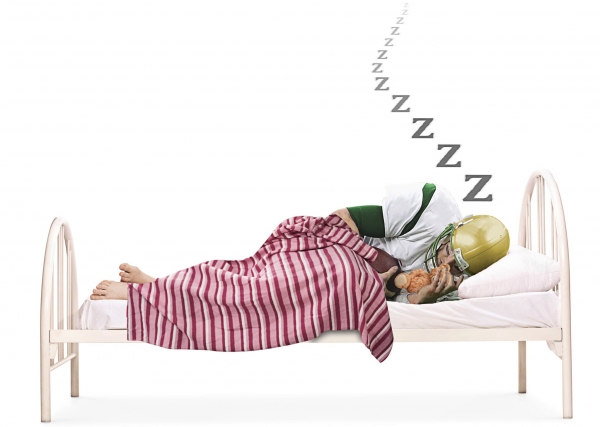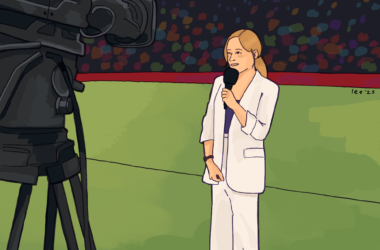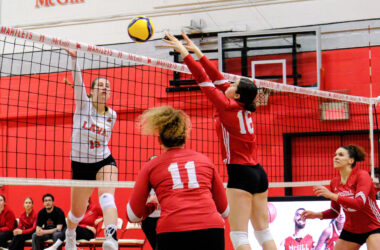One of the biggest factors contributing to a professional athlete’s performance is their sleep—or lack thereof. The intensity of constant training and competition wears players down, and considering the frequent travel across time zones in North American leagues, it’s evident that the other team isn’t their only adversary.
Take teams like the Vancouver Canucks and the San Jose Sharks, who regularly travel longer distances than most of the other NHL teams. They will likely have to play in at least two different time zones on every road trip; on top of battling less-than-ideal sleep schedules, they must also constantly adjust to new time zones. As a result, sleep-centric habits have become common practice in elite leagues.
The circadian rhythm describes our internal clock that determines roughly when we’re energized and when we’re sleepy within a 24-hour period. When people travel across time zones, it typically takes them about one day per hour of difference to re-synchronize their circadian rhythm. Circadian advantage is a concept used to compare two opponents’ acclimations to the current time zone. For example, if the Anaheim Ducks, in the last match of a five-game homestand, are facing the Bruins, who have just arrived from Boston, the Ducks would have a three-hour circadian advantage.
When players travel, their circadian rhythms are offset from their new time zone. As a result, their peak performance hours often don’t align with game times. A 2009 study of the MLB found that teams with a three hour circadian advantage won more than 60 per cent of the time. A similar study from 1993 of the NFL found that West Coast teams travelling to the East Coast won 16 per cent less than when they travelled within the Pacific time zone.
In response to the overwhelming scientific support for the importance of sleep in high-performance sport, teams have started to bring in sleep specialists. These specialists advise coaches and players alike to maximize performance. Many coaches have begun designing training and travelling schedules to ensure that their players get enough sleep. Players are given instruction on how to control their sleep environment and use sleep as a recovery mechanism from training.
For example, the Seattle Seahawks provide sleep-tracking wristbands for their players. The Chicago Bulls recently renewed their partnership with Rise Science, the same company that provides under-mattress sensors for the Clemson University football team. The Boston Red Sox have a designated sleep room in their clubhouse gym, furnished with two bunk beds and a custom-fit pillow for each player, and the ageless Tom Brady lives by an 8:30 p.m. bedtime. Though implementation varies between leagues, teams, and individual players, sleep science has taken on a central role in high-performance sports.
The importance of sleep isn’t a revolutionary idea at all, but as professional teams are increasingly turning to science for everything from sports analytics to diets, they are realizing the importance of sleep. Science is debunking the old professional sports mentality of ‘toughing it out’ through a late flight followed by an early training, instead popularizing the idea of ‘let your body rest’ for an ultimately better performance.








